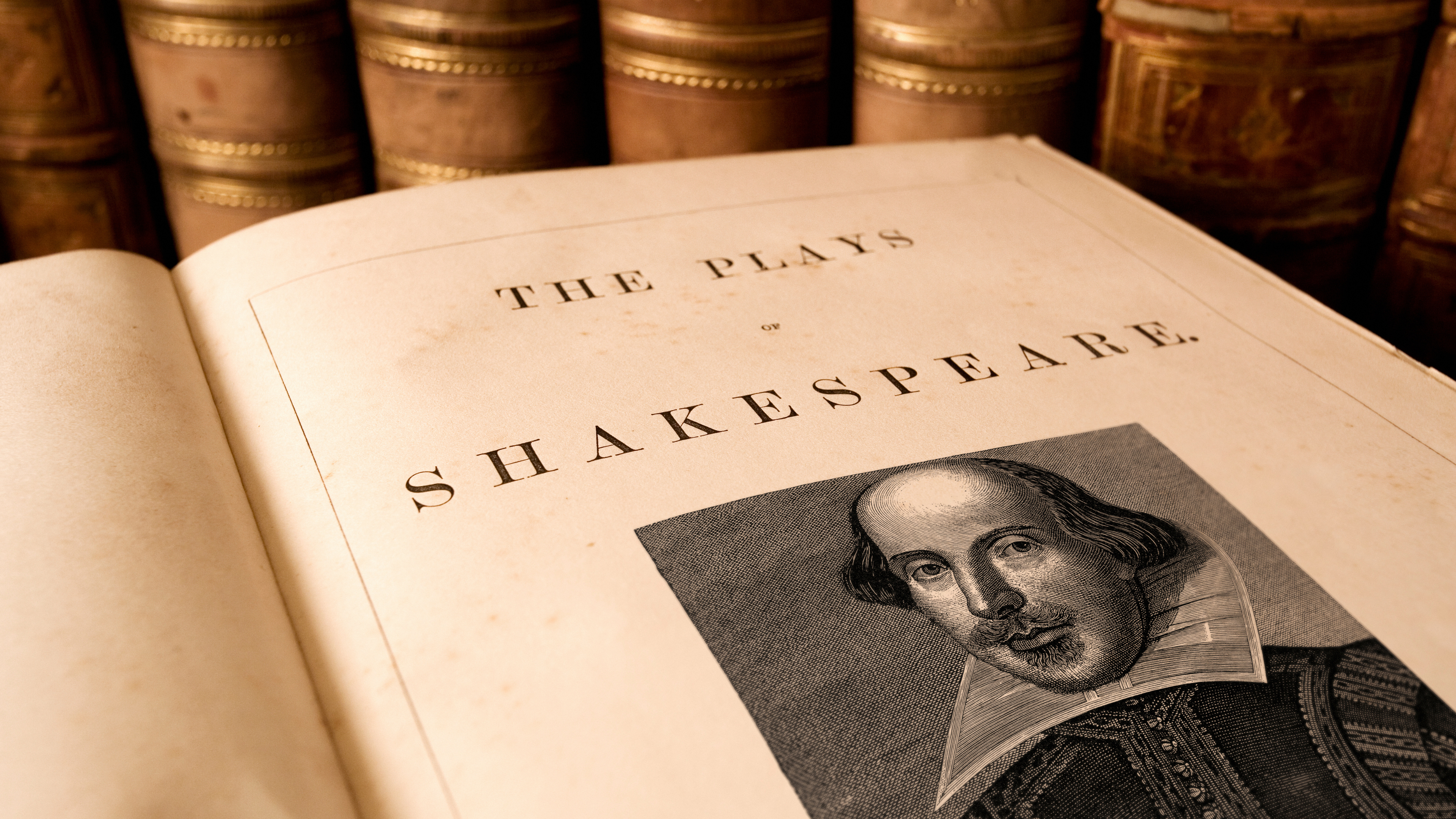Already a user?Log inTechnical Support
Celebrating Mother Tongues and the Transformation of Education
20 February 2023
When I first became a mother, my partner and I decided to speak our respective childhood home languages to my son: English and Cantonese. I was born in English-speaking Ontario, Canada, to first-generation immigrants from Hong Kong, and Cantonese was the only language I spoke and heard during my infancy and early childhood. I was a passive spectator both to the news, television series and pop songs in Cantonese as well as the way my parents grasped at these cultural ties and tidbits with fervour. And with equal fervour they wanted me to be fluent in their mother tongue so I could hold on to my “Cantonese-ness”. I used Cantonese “perfectly” as a toddler and then pre-schooler. But when I turned six and entered kindergarten, what little unnuanced and lexically deficient Cantonese knowledge I had was soon eroded as another language, English, became the mother of languages in my little world. Nonetheless, I was determined to have my son inherit the Cantonese part of my – and of his – identity, because my childhood language and culture should be celebrated.
On an international level, the celebration of native languages and the cultures inextricably tied to them takes place annually on February 21. UNESCO officially welcomed International Mother Language Day (IMLD) in 1999, but the initiative dates back to the 1950s in Bangladesh where it is known as National Martyr’s Day. On this day, speakers of Bangla, or Bengali in English, commemorate those who fought and died for its recognition as an official national language. In Bangladesh, the day is a public holiday during which a moment of silent homage is paid to the language martyrs.
The observation of IMLD is at once a solemn and joyous event which gathers people together to exchange and share experiences. For example, in Manchester, UK, comic artists, academics and enthusiasts from across the globe will gather to look at the role of comics in today’s culture; The Museum of Contemporary Art in New South Wales, Australia, will feature an exhibit of works by senior Indigenous Gija artist Shirley Purdie; and in Dublin, Ireland, an arts centre is holding a workshop on fairy tales linking Ireland and Japan.
Speaking one’s mother tongue with pride is an expression of pride in one’s cultural heritage; it’s a way of preserving not only the identity of oneself but also of a community. In Canada, in response to the declining number of French speakers, the French-speaking population, especially those in Quebec, amplified their language protection efforts. In 2021, the Canadian government revealed an ambitious 50-year plan which aims “to ensure the security and vitality of the French language". By granting equal status and rights to French and English, Canadian leaders also aspire to mend rifts and promote social cohesion between the two groups of language speakers. India and Belgium also have comprehensive constitutional provisions for the protection of languages, and countries with at least one language law promoting bi- or multilingualism include South Africa, Singapore, Kyrgyzstan, Finland, Belarus, and Ireland, among others.
Of course, rules and provisions do not guarantee immediate (or) desired results. My husband Paul and I were told by friends with bilingual children that we had to follow the strict rule of “one parent, one language”. (It should be noted that the latest research in language acquisition no longer advocates this as the best approach; rather, each family is encouraged to find a method most suited to their situation. I wish I had known this. Anyway, I digress…) At first, passing down my mother’s tongue was a piece of cake (or, apparently, “a small appetizer” in Cantonese). I knew (almost) all the words for the animals, food and colours in Oskar’s board books. But, soon, Oskar’s bedtime story collections became more sophisticated; I had no idea what the word was for “green eggs”, “muddy puddles”, or “to the moon and back”. Reluctantly, I admitted to myself that I wasn’t fluent enough in my mother’s tongue. As a result, both I, the teacher, and my son, the learner, were not progressing. Most devastating for me was the toddler “what” and “why” phase. Linguistic gaps meant I couldn’t explain the circle of life or why dinosaurs aren’t around anymore. Oskar came to see my linguistic limitations as lacks in knowledge and intelligence. So, I embraced the use of what had, at age six, become my mother tongue, English, as the main way to communicate with my son. Adaptation is the key to success.
It is widely agreed that mother tongue education favours fruitful learning, and adaptation to boost the development of learners is at the heart of the 2023 International Mother Tongue Day theme: “Multilingual education – a necessity to transform education". This 24th edition of IMLD focuses on the need for education systems to shift towards the use of a multilingual approach in the classroom with a view to providing better quality learning, fostering inclusion, preserving diversity, and facilitating life-long learning.
In its concept note, UNESCO writes, “States have an obligation to respect, protect, and fulfil such a right by ensuring that education is not only available, but also acceptable, accessible, and adaptable". The consequences of non-inclusive learning, especially during formative years, can have a ripple effect. On an individual level, a linguistically disadvantaged learner risks being perceived as less intelligent or able based on the measure of their aptitude in a language.
The marginalization of learners in the classroom can also lead to negative and potentially long-term repercussions hindering the social and economic development of those individuals and, by extension, the linguistic communities to which they belong. Factors compounding the problem of educational exclusion include digital inequality and crisis situations, such as displacement due to climate disasters and political conflict. Even when policies are in place for multilingual education, inconsistencies between theory and practice remain. For example, in South Africa, with 11 official languages, schools are still struggling to identify what and when certain languages should be introduced during primary and secondary education. On the other hand, some South African schools are already offering education in mother tongue languages isiXhosa and Sesotho through all 12 grades.
Within the context of the digitalization of education and global diaspora of languages, Altissia strives to continue to offer more linguistic variety in its education tools. For example, as of today, the platform has 36 interface languages and counting, four of which, Japanese, Korean, Luxemburgish and Ukrainian, having been added just last year. Automatic translation is also available to all learners in the grammar section of the language learning platform. The development of multilingualism, and intercultural exchange and understanding are at the heart of Altissia’s mission, which is why we want to highlight the importance of International Mother Tongue Day.
At home, I will continue raising my children in a multilingual environment. And I have come to see that despite all the expressions I don’t know, I am able to foster a sense of “Cantonese-ness” in my son’s identity. Oskar can communicate with his maternal grandmother about his favourite dim sum dumplings; he’s curious about my family’s holiday traditions, which often differ from those of my partner’s; and he understands what emotion I wish to convey depending on the tone of the modal particle la at the end of my sentence. As lacking as I am in my mother’s tongue, I can transmit, in my mother tongue, an insight into the richness, complexity, and joy a multilinguistic learning environment can foster.
About Altissia
We leverage technology to offer language courses in 25 languages and tests in 29 languages. Our courses and assessments are based on a rigorous academic foundation that ensures quality and efficient learning. We teach not only the language itself, but also the cultural and social aspects required for effective communication. Using technology, we make language learning easier and connect users to our wide range of tools and resources.
25 study languages are available on the platform: Bulgarian, Canadian French, Croatian, Czech, Danish, Dutch, English, Estonian, Finnish, French, German, Greek, Hungarian, Italian, Latvian, Lithuanian, North American English, Polish, Portuguese, Romanian, Slovak, Slovenian, Spanish, Swedish, Turkish
29 languages can be tested with our language assessment: Brazilian Portuguese, Bulgarian, Canadian French, Croatian, Czech, Danish, Dutch, English, Estonian, Finnish, French, Irish, German, Greek, Hungarian, Italian, Latvian, Lithuanian, Luxembourgish, Maltese, North American English, Polish, Portuguese, Romanian, Slovak, Slovenian, Spanish, Swedish, Turkish
36 interface languages can be used to browse the platform: Arabic, Brazilian Portuguese, Bulgarian, Canadian French, Croatian, Czech, Danish, Dutch, English, Estonian, Finnish, French, German, Greek, Hungarian, Indonesian, Irish, Italian, Japanese, Korean, Latvian, Lithuanian, Luxembourgish, Maltese, North American English, Polish, Portuguese, Quechua, Romanian, Russian, Slovak, Slovenian, Spanish, Swedish, Turkish, Ukrainian
WORKS CITED AND CONSULTED
Creative Manchester. “Comics Up Close conference: New Perspectives in Comics 2023 (part of International Mother Language Day 2023)". The University of Manchester. 17 Jan 2023. Accessed 9 Feb 2023.
Danjo, Chisato. “Why it’s okay for bilingual children to mix languages.” The Conversation. Published 20 June 2018. Accessed 9 Feb 2023.
Government of Canada. “English and French: Towards a substantive equality of official languages in Canada". Last modified 19 Feb 2021. Accessed 9 Feb 2023.
Mijatović, Dunja . “Language policies should accommodate diversity, protect minority rights and defuse tensions”. Council of Europe. 29 Oct 2019. Accessed 10 Feb 2023.
Mohohlwane, Nompumelelo. “Policy options to crack the mother tongue versus English riddle in South African schools". The Conversation. 26 June 2020. Accessed 10 Feb 2023.
Office of the Commissioner of Official Languages. “Constitutional rights and language legislation around the world”. 2023. Accessed 9 Feb 2023.
Office of the Commissioner of Official Languages. “Fast figures on Canada’s official languages (2016)”. Last updated. 18 Sept 2020. Accessed 9 Feb 2023.
Rouquette, Pauline. "Canada : au Québec aussi, la langue d Molière recule au profit de l’anglais". France24. Published 19 Aug 2022. Accessed 9 Feb 2023.
Rua Red South Dublin Arts Centre. "Kamishibai: Fairytales in Ireland and Japan". 2023. Accessed 9 Feb 2023.
UNESCO. International Mother Language Day 2023: Multilingual education – a necessity to transform education. 2023. Accessed 9 Feb 2023.
United Nations. “International Mother Language Day 21 February”. 2023. Accessed 9 Feb 2023.



